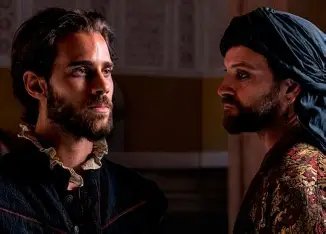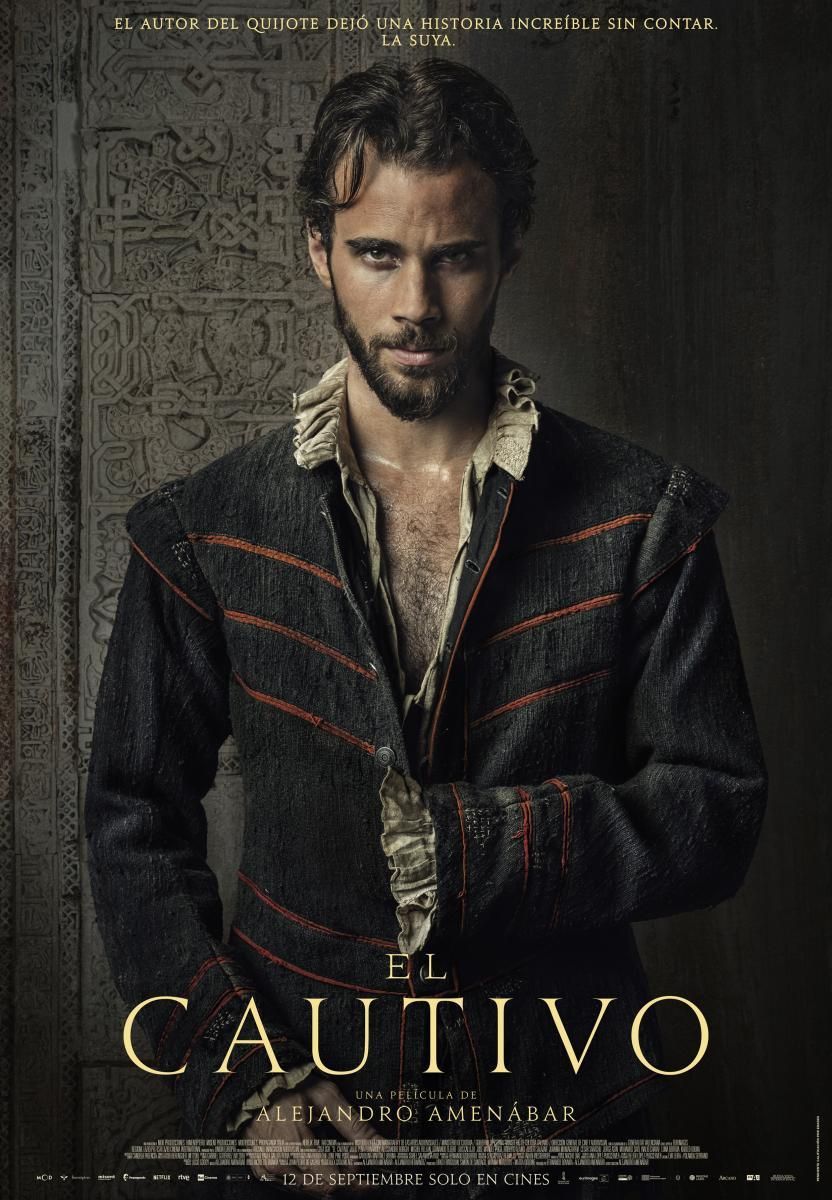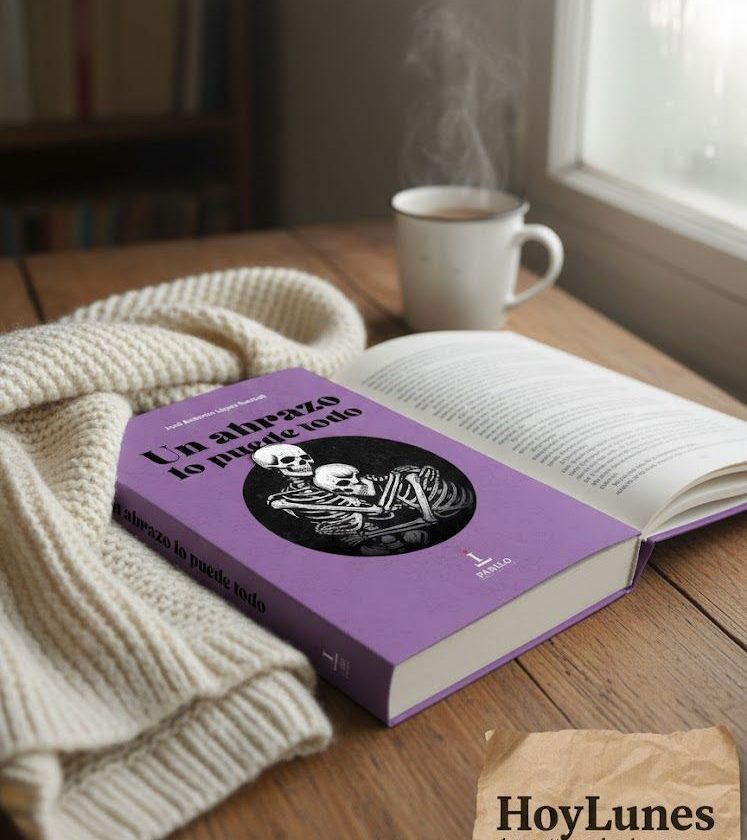A risky recreation of the years of imprisonment in Algiers that plays more with Alejandro Amenábar’s personal vision than with the historical and literary force of Cervantes.
By Jorge Alonso Curiel
HoyLunes – It is always great news when the work of Miguel de Cervantes, the most important and universal Spanish writer, is brought to the screen or the stage, or even when his fascinating life story is recreated as a symbol of a fighter full of humanity, a survivor, a key figure to understand our history and our literature. It is always good to talk about him, for him to be relevant again, so that his biography and his extensive and rich literary career become better known.
And this is what the new film by Academy Award–winning Alejandro Amenábar (Chile, 1972) achieves, at least to some extent, with this curious and controversial fictional recreation of one of the crucial moments in Cervantes’ life: his captivity in Algiers, which he endured for five years alongside his brother Rodrigo, starting in 1575, when, as a Spanish soldier aboard a ship that had set sail from Naples, he was captured off the Catalan coast by Arab corsairs. He could only escape—along with certain death—if his family paid the ransom.
Not much is historically known about this period in the writer’s life. There is considerable mystery surrounding those years. But for that very reason, it is a period rich enough to inspire a superb action, intrigue, and adventure film with the facts we do know, such as Cervantes’ seven failed escape attempts.
Instead, Amenábar has done something else. A personal, risky, and brave experiment—that much is true—that fictionalizes freely, with a wholly dramatic reinterpretation, Cervantes’ stay in captivity, focusing more on the man than on the known historical facts. For viewers, this is not a conventional biopic, a classic account of his life, but rather a narrative that plays with Cervantes’ possible homosexual relationships—unproven—within a context of sexual richness and freedom such as that of Algiers at the time, and in which anticlerical criticism pervades almost the entire film.
Thus, Amenábar, in his eighth feature film and six years after the release of his previous work “While at War” (2019), has written and directed a film tailored to himself, dealing with the issues he cares about, embodied in the respected figure of Cervantes—a subject that many viewers will neither understand nor accept. But is it legitimate, or advisable, to dramatize freely about a historical figure? Yes, it is. But the result should also be a good film, one that grips the viewer with an engaging plot, that entertains and moves, and even provokes reflection.

Amenábar Disappoints with “The Captive”
Since 2005, with “The Sea Inside“, which won the Academy Award for Best Foreign Language Film, the Golden Globe, the Special Jury Prize in Venice, and no less than 14 Goyas, Amenábar’s cinema has gradually lost the freshness and brilliance also found in his debut “Thesis” (1995) or in “The Others” (2001). His films—including the TV series “La Fortuna” (2021)—have not lived up to what is expected of such a talented and skilled filmmaker. And “The Captive” is yet another example of his lack of inspiration and his evolution toward navel-gazing.
Shot in the Valencian Community, mainly in the Palace of the Counts of Cerveñón, where almost the entire story unfolds, the result is a film far too poor in every aspect: with a flat, uninteresting script, bland performances (Julio Peña will not be remembered for this leading role as Cervantes), and scenes that can be described not only as unnecessary but also as ridiculous. “The Captive” ends up as a TV movie, but one of the bad ones, as empty as it is insignificant, whose long 133 minutes viewers hope will end as quickly as possible so they can leave the theater for a coffee—or anything else.
Premiered worldwide at the last Toronto Festival and released in Spanish cinemas this past Friday, September 12, one of the few good things about this Spanish-Italian coproduction is that, to rid ourselves of the bad aftertaste, it compels us to run to the library to read a good biography of Cervantes or to read his works, and even to the armchair to watch—or rewatch—the TVE series “Cervantes”, directed by Alfonso Ungría in 1981, which narrates his life story with talent and great entertainment value, although at its release it also sparked some controversy among experts on the life of the brilliant author. Or even to revisit some of the adaptations of “Don Quixote”, such as Rafael Gil’s 1947 film or Manuel Gutiérrez Aragón’s TVE series version.
But is there really nothing more to highlight in the film, however small? Some readers may ask. Well, there is. And it is the implicit homage to literature, to the art of storytelling, which has always helped us—and still helps us—become more sensitive beings and endure our own lives.

#hoylunes, #jorge_alonso_curiel, #el_cautivo#, #alejandro_amenábar,



